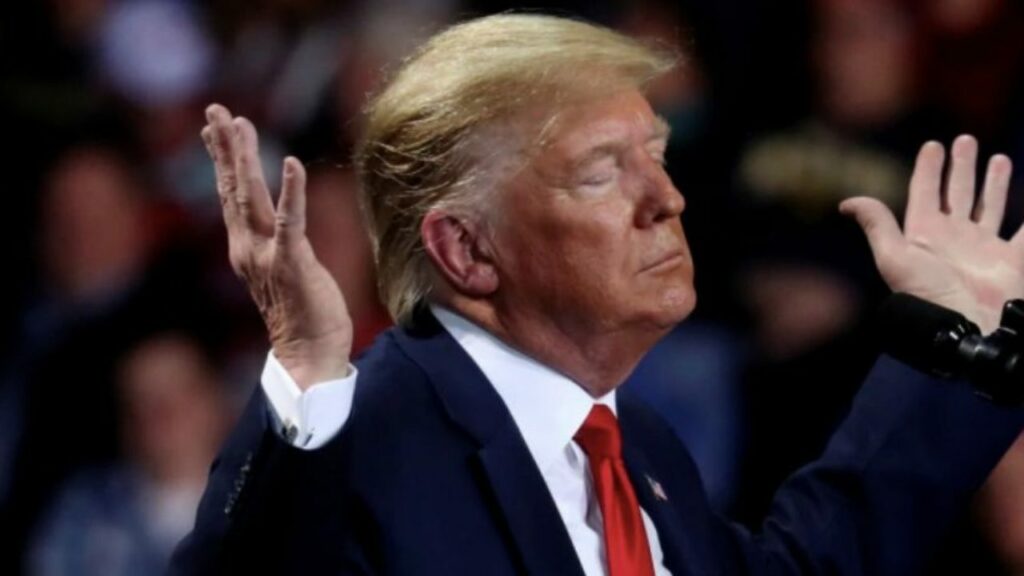A significant section of the US population is speculating that President Donald Trump will invoke the Insurrection Act of 1807 and declare martial law on April 20. The theory traces back to an Executive Order signed by Trump on January 20, which hinted at possible military action “within 90 days” to deal with issues along the southern border.

What Did the Executive Order Say?
The Executive Order declared a national emergency at the US-Mexico border and directed the Secretaries of Defense and Homeland Security to submit a joint report within 90 days. The report would assess the border situation and recommend whether additional actions—including invoking the Insurrection Act—were necessary to secure full operational control.
What Is the Insurrection Act of 1807?
This rarely used federal law empowers the President to deploy the military and National Guard domestically in response to civil unrest, rebellion, or when laws cannot be enforced by regular means. Crucially, the Insurrection Act does not impose martial law—it keeps the civilian government intact while using military support for law enforcement.
Why April 20?
The 90-day timeline from the Executive Order ends on April 20, leading many to speculate that a major announcement is imminent. Supporters of the theory cite recent deportations, gang crackdowns, and rising tensions at the border as signs that Trump may use the Act to expand federal enforcement powers.
Martial Law vs. Insurrection Act
It’s important to understand that martial law and the Insurrection Act are not the same. Martial law suspends civilian authority entirely, placing the military in charge of governance. The Insurrection Act, on the other hand, allows the President to use military forces to assist civilian agencies without replacing them.
What Happens Next?
The White House is expected to receive the 90-day report this week. While Trump has the legal authority to invoke the Insurrection Act, it remains unclear whether he will. Any such move would likely trigger intense national debate and legal scrutiny, especially in an election year climate already marked by political tension.













